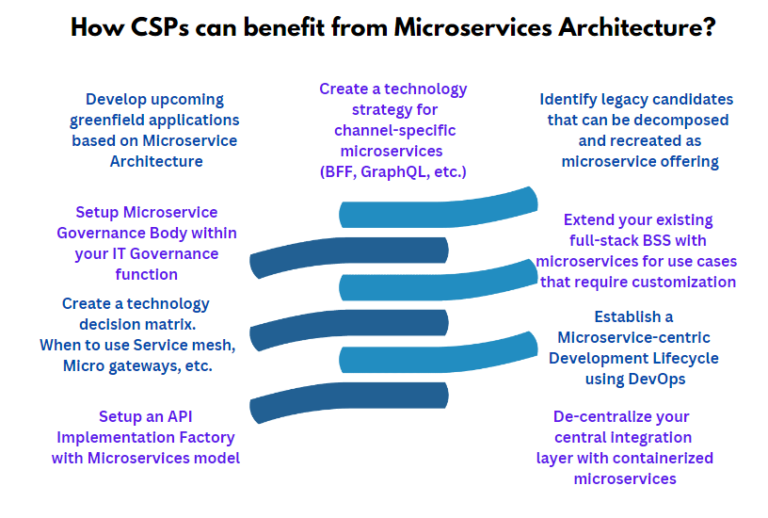Custom Software Development Company in Hyderabad
Microservices
“Conquerors Software Technologies” Customer Satisfaction Is Our Best Business Strategy
We Work for you on Microservices
The team at Conquerors is equipped with the best developers who are highly knowledgeable and fully experienced and do the microservices architecture. Irrelevant to small or big businesses, we can work together to deliver your requirement and the solutions that work in favor of your organization. For us, every client is important to make success path. So, from our end, we never hesitate to go the extra mile to reach you. We craft accordingly, whether you need new changes in the middle or want the existing things to be changed – our flexible and capable team can deliver you the solutions accordingly. We work here to achieve 100% customer satisfaction and success rate.

Microservices Integration Methodology
Microservices are a design pattern in which applications are composed of different small, independent modules that communicate with each other using well-defined contracts. Each microservice focuses on mostly a single concept.
Microservices make developing, testing, and deploying isolated parts of your application easier. Once deployed, each microservice can be independently scaled as needed.
Microservices can be considered a form of Service-Oriented Architecture (SOA) (one of the most important and critical skills for Java developers) wherein applications are built as a collection of multiple different smaller services rather than one whole app.
- Spring Boot. Possibly one of the finest and easy-to-go frameworks in Java for developing microservices. …
- Quarkus
- Micronaut
- Eclipse Vert
- Ballerina
Microservices and Containers for Java, .net, Azure
Containers combine an application plus its configuration and dependencies into a single, independently deployable unit. Containers are an excellent fit for deploying and bundling independent microservices.
Annotation syntaxes, which are easy to read, are the key factor that makes Java a great programming language mostly for developing microservices. This feature makes Java Microservices much easier to develop when those are powered by Microservices frameworks. the three C’s of microservices are followers componentize, collaborate, and connect.
ASP.NET comes along with built-in support for developing and deploying microservices using Docker containers especially. . NET includes a set of APIs to easily consume microservices from any application you build, including mobile, desktop, web, and games, etc.

Role of Microservices in Integration
Enterprises are resorting to a more modular, and loosely-coupled approach to building enterprise IT because monolithic architectures are most complex and do not allow for agile changes in their functionality. Breaking down an application into small and independent components that can perform discrete services is at the core of microservice architecture. Microservice architecture, built on the principles of SOA from the integration to the implementation stage, gives flexibility on how services can be realized.
Broadly, microservices can be classified into Journey services, Data services, and Business Services.
- Journey Services provide or cater to different customer journeys like recommendation services in an e-commerce portal, like search and browse services
- Business Services are those that execute business functionality like withdrawal operations, placing an order, or in a banking application
- Data Services help retrieve enterprise data in a very easy-to-consume format like JSON, or XML
Microservices architecture (MSA) encourages to development of a single application as a suite of small and independent services that are running in their own process, developed and deployed independently.
Advantages of Microservices
The advantages of microservices seem to be strong enough to have assured some big enterprise players such as Amazon, Netflix, and eBay to adopt the major methodology. Compared to more monolithic design structures, those microservices offer:
- Improved fault isolation: Larger applications can remain mostly unaffected by the failure of single module implementation.
- Ease of understanding: With added simplicity, developers can always have a better understanding of the functionality of a service.
- Eliminate each vendor or technology lock-in: Microservices provide the flexibility in order to try out a new technology stack on an individual service as needed. There won’t be as many dependency concerns and each time rolling back changes becomes much easier. With less code in play, there is always more flexibility.
- Smaller and faster deployments: Smaller codebases and scope is equal to quicker deployments, which also allow you to start to explore the benefits of the Continuous Deployment process.
- Scalability: Since your services are separated, even you can more easily scale the most needed ones at the appropriate times, which is opposed to the whole application. When done correctly, this can impact each cost savings.